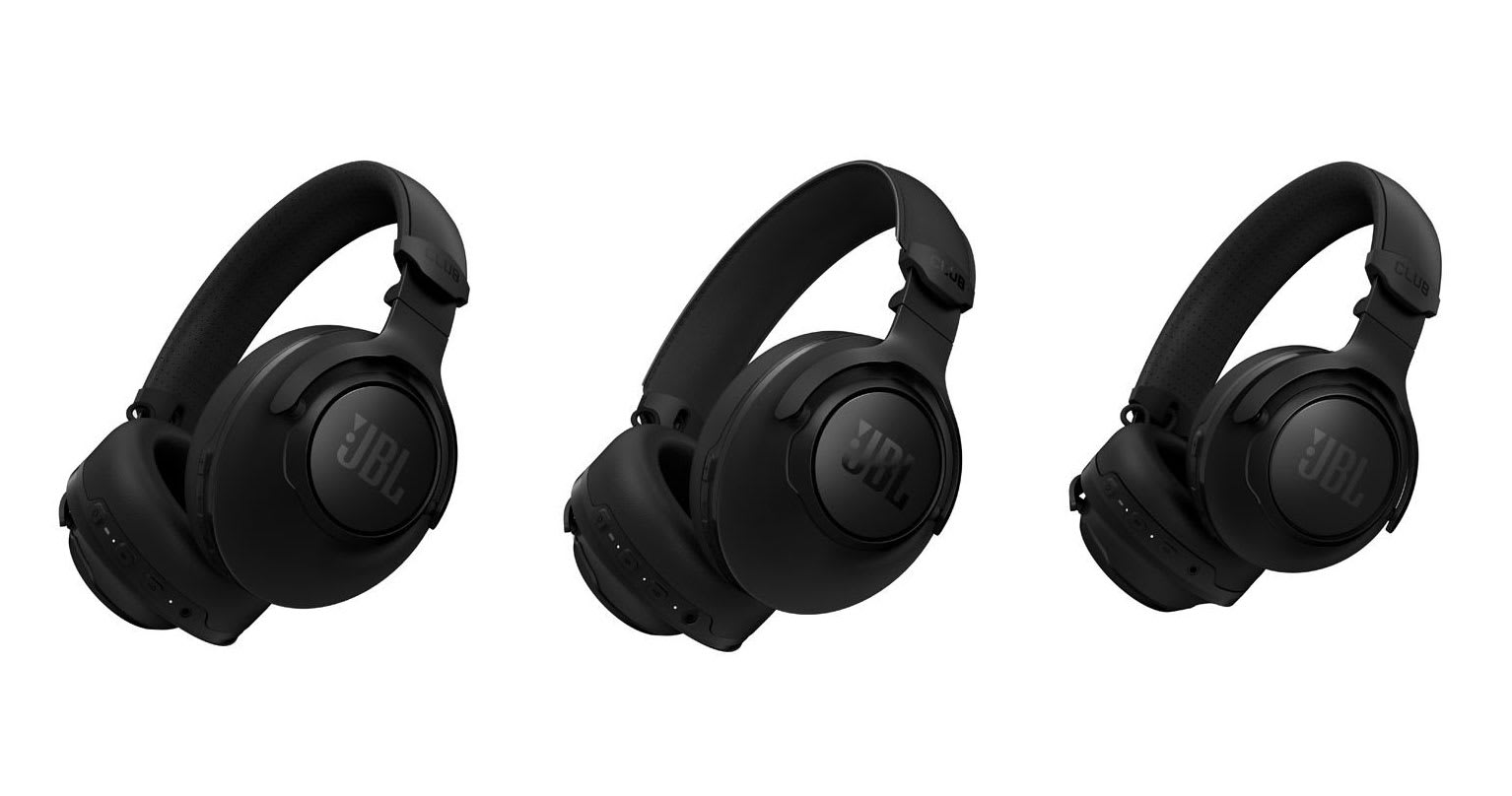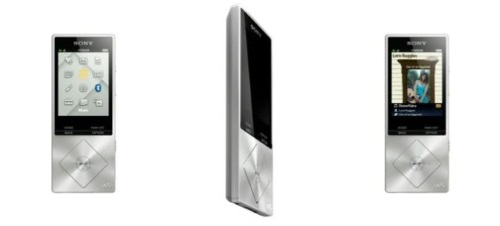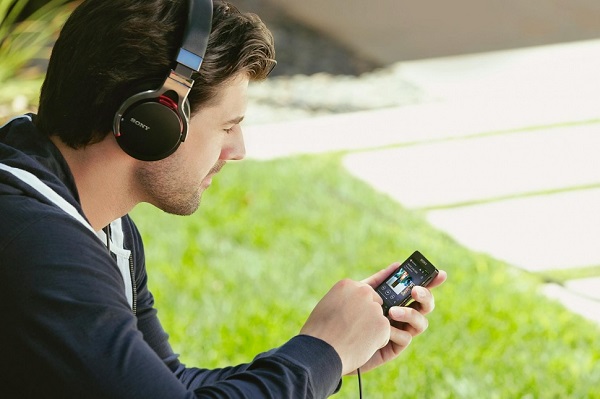iTunes and other similar services were built around poor quality audio files, and audiophiles won’t have that anymore. Sony supports the theory that the world should only listen to high resolution audio, as that’s what artists desire as well.
Last month, Neil Young’s Pono Player, which is meant to play hi-res music exclusively, got funded on Kickstarter. HDTracks is a website with a similar philosophy, as it offers for purchase high-fidelity versions of your favorite albums. This week, Japanese tech giant Sony announced a new line of high-resolution speakers, receivers and other hardware.
Sony is also looking to build partnerships focused on hi-res audio, but even with help from other companies, it will have a hard time burying the MP3 file format. In the past couple of decades, the MP3 had a real industry built around it, and a lot of services made a lot of cash, thanks to this file format.
Steven Sundholm, a recording engineer and record producer based in Los Angeles, explained why artists would have to spend a lot of money in order to record hi-res albums: “Say you’re working with 100 tracks, each with seven different plugins … you’d basically need a supercomputer to work in high-res in that situation. Otherwise you’ll nuke your computer.” That’s exactly why it will be difficult for Sony to convince artists and record producers to make the switch to better quality.
Another aspect that represents a major turn-off for audiophiles is the steep price of hi-res audio. On HDTracks and iTrax, a high resolution album can be twice or even three times more than a CD on Amazon.
The problem until now was that the hardware for hi-res music playback used to be extremely expensive, but with Sony’s help, such equipment will become more affordable. Still, there isn’t such a great demand for audio of a higher quality, so even if Sony’s products become mainstream, the adoption might not be spectacular in the beginning. For most people, MP3 files are good enough. Such people also see investing in high resolution audio equipment more of a trifle. To conquer them all, Sony should probably try to make more portable music devices capable of playing back AIFF, FLAC, WAV or ALAC files. That would definitely make audiophiles happy!
Be social! Follow Walyou on Facebook and Twitter, and read more related stories about Neil Young’s crowdfunded portable hi-res music player and the Split standalone PMP that is completely hands-free.

 Headphone monitors provide clear and accurate audio signals to music pros. You'll mainly see musicians wearing them while recording or analyzing a performance, but some people use these utilitarian cans to enjoy -- rather than analyze -- music. JBL's...
Headphone monitors provide clear and accurate audio signals to music pros. You'll mainly see musicians wearing them while recording or analyzing a performance, but some people use these utilitarian cans to enjoy -- rather than analyze -- music. JBL's...
 Headphone monitors provide clear and accurate audio signals to music pros. You'll mainly see musicians wearing them while recording or analyzing a performance, but some people use these utilitarian cans to enjoy -- rather than analyze -- music. JBL's...
Headphone monitors provide clear and accurate audio signals to music pros. You'll mainly see musicians wearing them while recording or analyzing a performance, but some people use these utilitarian cans to enjoy -- rather than analyze -- music. JBL's...
 Sony is jumping on the popular hi-resolution audio band wagon. Thanks to
Sony is jumping on the popular hi-resolution audio band wagon. Thanks to 